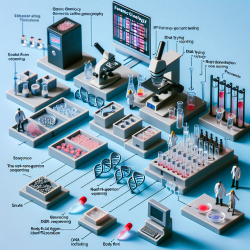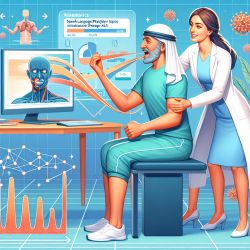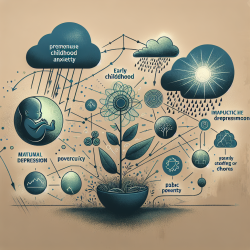Welcome to the world of forensic biology! If you’re a practitioner in the field, you're in for a treat. Recent advancements in forensic biology and DNA typing have made significant strides, thanks to the latest INTERPOL review (2019-2022). This blog will help you improve your skills by implementing these new research outcomes or encourage you to delve deeper into further research.
Rapid DNA Testing
Rapid DNA testing has revolutionized the speed at which DNA profiles can be obtained. Instruments like the ANDE 6C and RapidHIT ID provide "swab-in-profile-out" results in under 90 minutes. This technology is especially useful in police booking stations and disaster victim identification (DVI). Here are some tips for using rapid DNA systems:
- Ensure your sample types are compatible with the rapid DNA system you are using.
- Understand the limitations of the system, such as its sensitivity to low DNA quantities or mixtures.
- Follow published developmental validation studies to understand the system's capabilities fully.
DNA Databases and Investigative Genetic Genealogy
Forensic DNA databases and investigative genetic genealogy (IGG) have become invaluable tools in solving cold cases. Here’s how you can leverage these advancements:
- Utilize familial DNA searching to identify potential relatives of suspects when direct matches are unavailable.
- Implement IGG by using public genealogy databases to find distant relatives of a suspect, which can lead to new investigative leads.
- Be mindful of privacy and ethical concerns; ensure compliance with guidelines and regulations.
Body Fluid Identification
Accurate identification of body fluids is crucial in forensic investigations. Advances in DNA methylation, mRNA, and microRNA analysis have enhanced the specificity and sensitivity of body fluid identification. Here are some methods to consider:
- Use DNA methylation markers for differentiating between various body fluids like blood, saliva, and semen.
- Employ mRNA profiling to identify body fluids at a molecular level.
- Explore microRNA markers for their potential in forensic casework.
Next-Generation Sequencing (NGS)
NGS, also known as massively parallel sequencing (MPS), provides more comprehensive genetic information compared to traditional methods. Here’s how you can incorporate NGS into your practice:
- Utilize NGS for sequencing STR loci, which can provide more detailed genetic profiles.
- Explore the use of microhaplotypes for enhanced discrimination power in human identification and kinship analysis.
- Leverage NGS for degraded or compromised samples where traditional methods may fail.
Further Reading
To dive deeper into these topics and explore additional advancements in forensic biology and DNA typing, we highly recommend reading the original research paper. You can access it here.
Stay updated and keep improving your forensic biology skills with these cutting-edge advancements!










